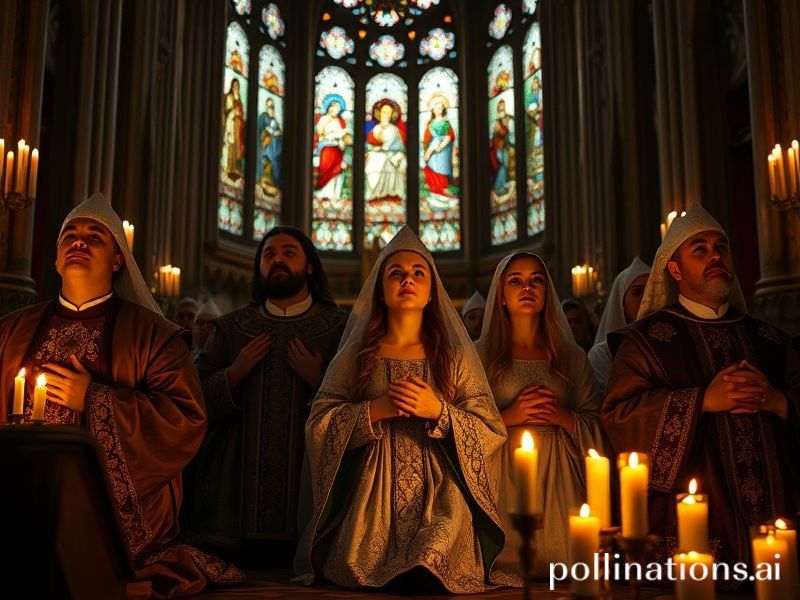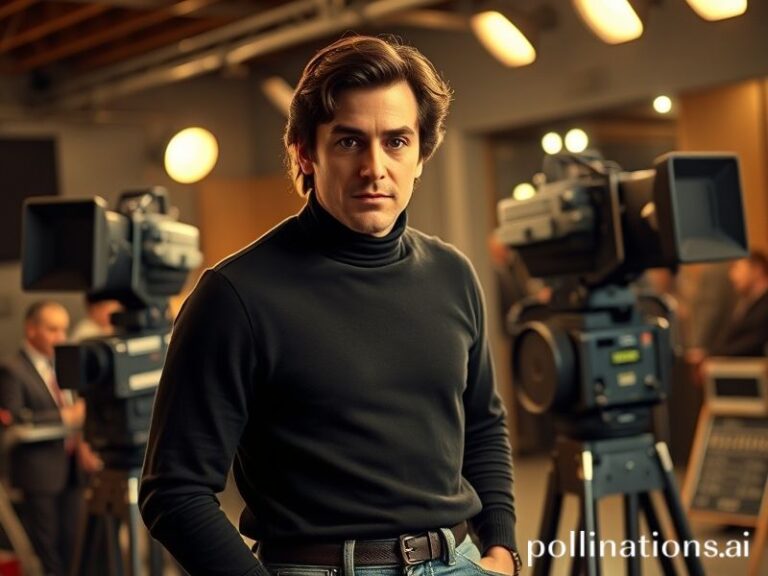Sainthood in the Digital Age: Why We’re All Trying to Be Holy Now
# **Sainthood in the Age of the Internet: Why We’re All Trying to Be Holy Now**
In a world where memes are our modern-day parables and influencers are our prophets, it seems we’re all on a quest for sainthood. But why is the concept of “saints” trending globally, and what does it mean in today’s internet-driven culture? Let’s dive into this divine trend and uncover the holy grail of its significance.
### **The Cultural Context: Saints in the Digital Age**
Historically, saints were revered figures known for their piety, miracles, and unwavering dedication to their faith. They were the ultimate role models, embodying virtues like compassion, humility, and selflessness. But in the 21st century, the definition of a saint has evolved. Thanks to the internet, we’ve seen the rise of “modern-day saints”—individuals who inspire, uplift, and sometimes even perform miracles (or at least viral-worthy acts of kindness).
Take, for example, the “Subway Samaritan” who paid for a stranger’s surgery, or the “Kindness Pandemic” where people worldwide shared acts of generosity during the COVID-19 lockdowns. These stories resonate because they tap into our collective desire for heroism and hope in an often chaotic world.
### **Social Impact: The Power of a Saintly Image**
In the age of social media, the quest for sainthood isn’t just about religious devotion—it’s about crafting a personal brand that exudes virtue. Influencers, activists, and even everyday people are leveraging platforms like Instagram, TikTok, and Twitter to showcase their “saintly” qualities. Whether it’s through philanthropy, advocacy, or simply spreading positivity, the internet has become a stage for modern-day saints to shine.
But here’s the twist: the internet is a fickle judge. One moment, you’re a saint for donating to a charity; the next, you’re a sinner for a poorly timed tweet. The pressure to maintain a saintly image is real, and it’s reshaping how we present ourselves online. It’s a delicate balance between authenticity and performance, and not everyone can walk the tightrope of sainthood without a misstep.
### **Why It’s Significant: The Search for Meaning in a Digital World**
At its core, the trend of sainthood reflects a deeper human need for meaning and connection. In a world where we’re constantly bombarded with negativity, the idea of saints—whether religious or secular—offers a beacon of hope. They remind us that goodness exists, even in the darkest corners of the internet.
Moreover, the trend highlights the democratization of heroism. You don’t need to be a religious figure or a celebrity to be considered a saint in the digital age. Anyone with a smartphone and a good deed can become an internet sensation overnight. This accessibility is both empowering and overwhelming, as it puts the power of sainthood in the hands of the masses.
### **Conclusion: The Holy Grail of Internet Culture**
So, why is sainthood trending globally? Because, in a world where algorithms dictate our worth and likes measure our value, the quest for sainthood is a way to reclaim our humanity. It’s a reminder that, despite the chaos of the internet, we can still aspire to be better—whether that means performing acts of kindness, advocating for justice, or simply spreading a little more love online.
In the end, the modern-day saint is a reflection of our collective desire for meaning, connection, and hope. And in the age of the internet, that’s a trend worth celebrating.







